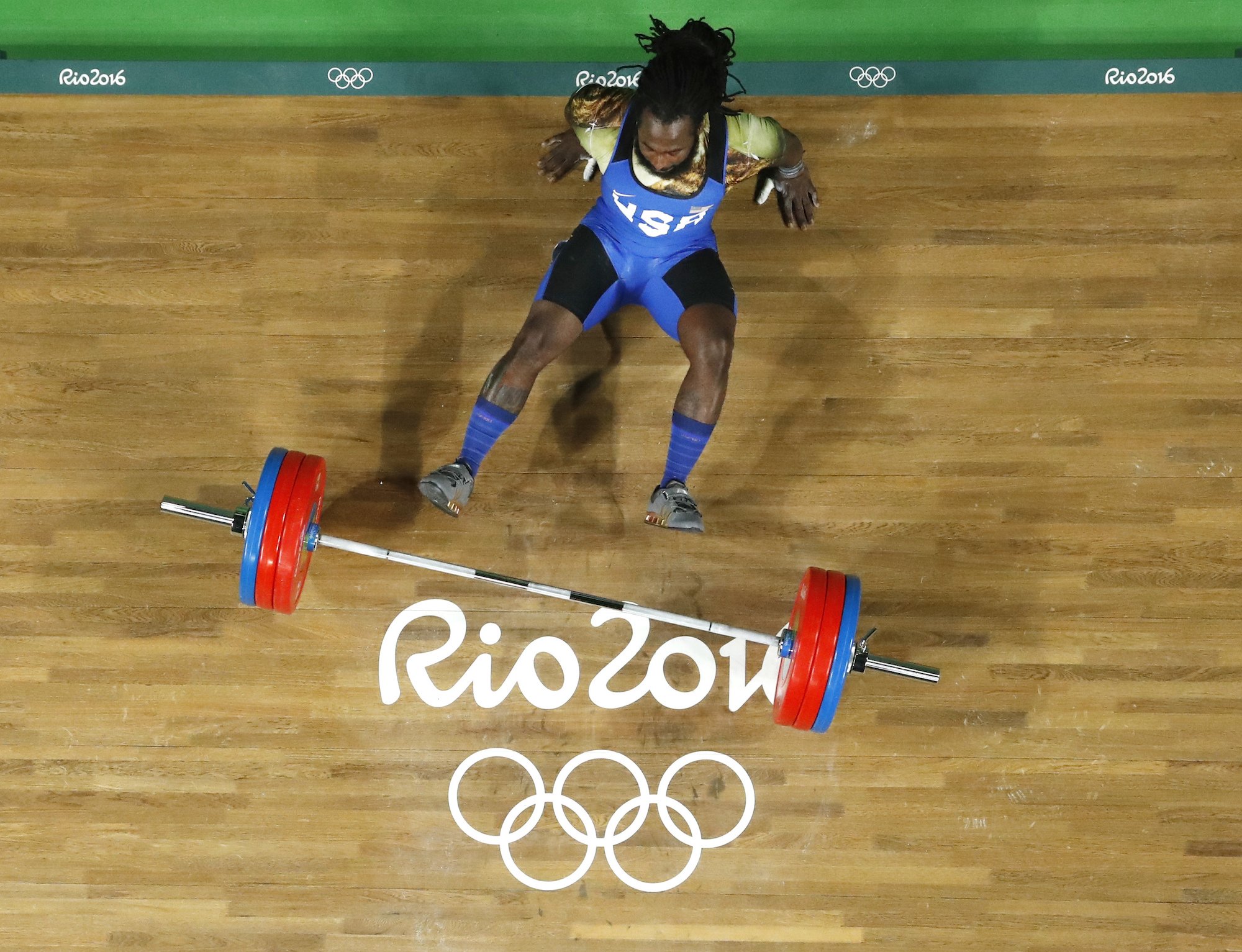 Kendrick James Farris of the US competing in the men’s 94-kilogram weight-lifting competition at the 2016 Summer Olympics.AP/Mike Groll
Kendrick James Farris of the US competing in the men’s 94-kilogram weight-lifting competition at the 2016 Summer Olympics.AP/Mike Groll
- The US economy grew at a rate of 3% in the third quarter, the Commerce Department said Friday.
- Both business investment and consumer spending made solid contributions to third-quarter gains.
- That headline, however, masks the fact that overall growth is still closer to 2%, and some key indicators explain why.
- Inflation remains well below the Federal Reserve’s target.
Gross domestic product, the measure used to represent the US economy, expanded by a robust 3% in the third quarter, the Commerce Department reported on Friday. That’s a second straight quarter of growth above the 2% pace that has persisted for much of the economic recovery, and it’s well above Wall Street’s expectation of a 2.6% rise.
But there are a few important details in the numbers that economists, including those at the Federal Reserve, will look at. They paint a more subdued picture.
First the good news
The third-quarter reading is encouraging, if nothing else because it suggests resilience to both the high level of political turmoil in the country and the three devastating recent storms. (Notably, Puerto Rico is excluded from the GDP calculations because it is not a state.)
The sources of growth were fairly broad-based. Consumer spending rose by 2.4% following a 3.3% gain in the second quarter, while business investment jumped by 3.9%. Exports, too, posted strong gains.
Traders are focused on the upside, which should give them more confidence that the Fed will raise interest rates again in December. The dollar moved higher right after the report.
Now for some cold water
A few elements of the report should also give economists pause. One thing driving the number higher was a rise in business inventories. That could mean businesses are stocking up in anticipation of growth in demand — or it could mean they’re having a harder time moving goods.
“The above-trend growth was largely a consequence of combined contributions of inventory accumulation and net exports … that is not likely to be repeated on a consistent basis,” Ward McCarthy, an economist at Jefferies, wrote in a research note.
At the same time, investment in structures slumped 5.2% and residential investment slipped 6%. Also worrisome, personal disposable income rose just 0.6% adjusted for inflation.
That’s “not a great sign as far as the consumption outlook is concerned,” Paul Ashworth of Capital Economics wrote. It also left the US savings rate at a decade-low 3.4%, as this chart shows.
Another worrisome sign, especially from the Fed’s perspective: Inflation, as measured by the personal consumption expenditures index, registered 1.5% in the third quarter and just 1.3% excluding food and energy — far below the central bank’s 2% target.
It signals an economy still running below its potential, with wages struggling to rise despite the good headlines.
The most likely scenario is that after two quarters of stronger growth, the economy will settle back into the same 2% growth pattern that has persisted since the country emerged from the Great Recession in the summer of 2009.














